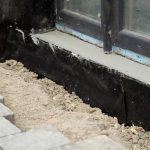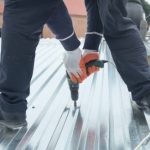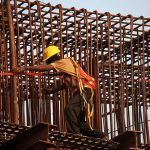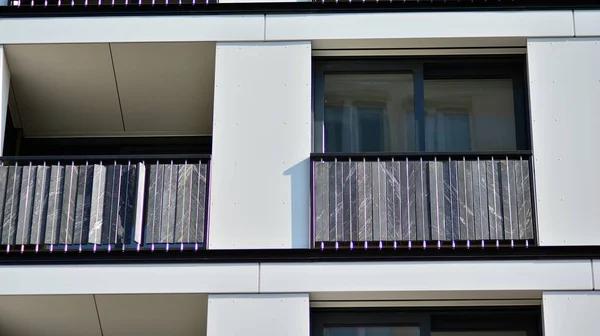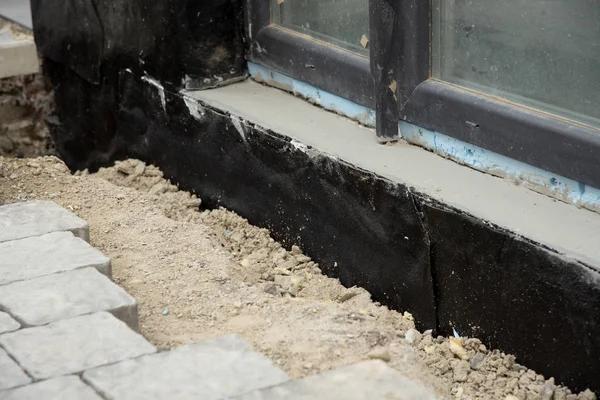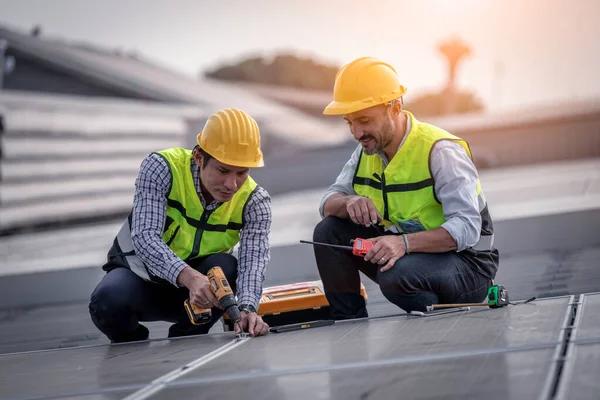As building codes become increasingly stringent, manufacturers in the glazing industry face growing pressure to innovate and produce products that meet higher standards for safety, energy efficiency, and environmental impact. Stricter building regulations are designed to improve occupant comfort, reduce energy consumption, and enhance overall structural resilience. Glazing manufacturers play a crucial role in helping architects, builders, and developers comply with these evolving requirements by developing advanced glass technologies and fabrication techniques.
One of the primary challenges posed by new codes is improving thermal performance while maintaining transparency and aesthetic appeal. Traditional single-pane windows no longer suffice in many regions where insulation values must meet rigorous thresholds. To address this, manufacturers have invested heavily in producing multi-pane insulated glass units (IGUs) that incorporate low-emissivity coatings and gas fills such as argon or krypton between panes. These features significantly reduce heat transfer through windows without compromising natural light transmission. The result is a product capable of meeting or exceeding U-values mandated by modern building standards.
Safety considerations also drive innovation within City Sound Secondary Glazing manufacturing. Building codes often require enhanced resistance to impacts from windborne debris during storms or forced entry attempts in urban environments. Manufacturers respond by offering laminated glass solutions composed of multiple layers bonded together with interlayers that hold shards in place if broken. This reduces injury risk from shattered glass while maintaining visibility and design flexibility for architects.
Another important aspect involves addressing solar heat gain to minimize cooling loads on buildings located in warmer climates. Specialized coatings can be applied during production to reflect infrared radiation while allowing visible light through the glass surface. By carefully balancing these properties, glazing products help maintain comfortable indoor temperatures year-round without excessive reliance on mechanical air conditioning systems.
Environmental sustainability has become an integral part of code compliance as well as corporate responsibility goals within the construction sector. Glazing manufacturers contribute by adopting environmentally friendly materials and processes throughout their supply chains-from sourcing recycled content for frames to reducing emissions during manufacturing stages-and ensuring end-of-life recyclability for their products.
Collaborative efforts between glazing producers, testing laboratories, regulatory bodies, and design professionals ensure that new products undergo thorough evaluation before entering the market. Certifications verifying compliance with relevant standards provide confidence that installations will perform reliably under real-world conditions.
In summary, meeting stricter building codes requires continuous advancements across multiple facets of glazing technology including thermal insulation, safety enhancements, solar control capabilities, and sustainable manufacturing practices. Through innovation driven by regulatory demands combined with practical application knowledge from industry stakeholders, glazing manufacturers enable construction projects to achieve code compliance efficiently while delivering improved occupant comfort and environmental benefits over time.
City Sound Secondary Glazing
367 Chingford Rd, London E17 5AE UK
44 20 8523 3210

